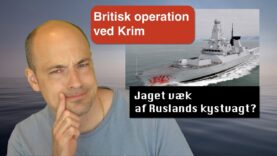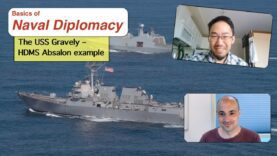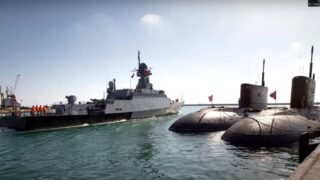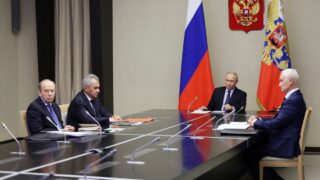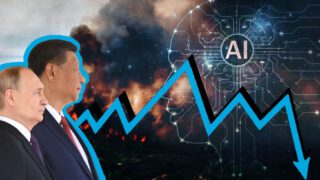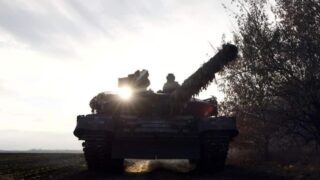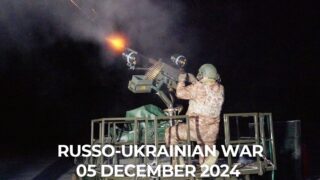Europe has a missile gap
Video Summary
In a discussion about the future of European naval power, expert Jeremy Stöhs highlighted several challenges currently facing European navies. He grouped these challenges into two categories: those generated by the strategic environment and those inherent to naval forces in general. The latter include the need to adapt to the evolution of warfare, the importance of intelligence gathering, and the need to develop new technologies to maintain a competitive edge.
One of the key challenges posed by the strategic environment is the development of advanced missile technology, particularly in China and Russia. These countries are investing in advanced missile capabilities, which has created a need for European navies to adapt and develop their own capabilities. This includes the need to counter the growing threat of long-range missiles, which are becoming increasingly sophisticated.
Another significant challenge is the development of artificial intelligence and autonomous systems. These technologies have the potential to revolutionize military operations, but they also present significant ethical concerns. Stöhs noted that the use of autonomous systems, such as drone technology, requires careful consideration and evaluation.
Finally, Stöhs highlighted the need for European navies to be prepared for multi-domain operations, which require the ability to operate across multiple domains, including air, land, sea, and cyber. He emphasized that this is a significant challenge, as it requires the ability to make swift decisions and to leverage the latest technologies to remain effective.
Overall, Stöhs’ remarks underscore the need for European navies to adapt to the evolving strategic environment and to prioritize investment in advanced technologies, such as AI and autonomous systems, in order to remain competitive and effective in the face of growing threats.

